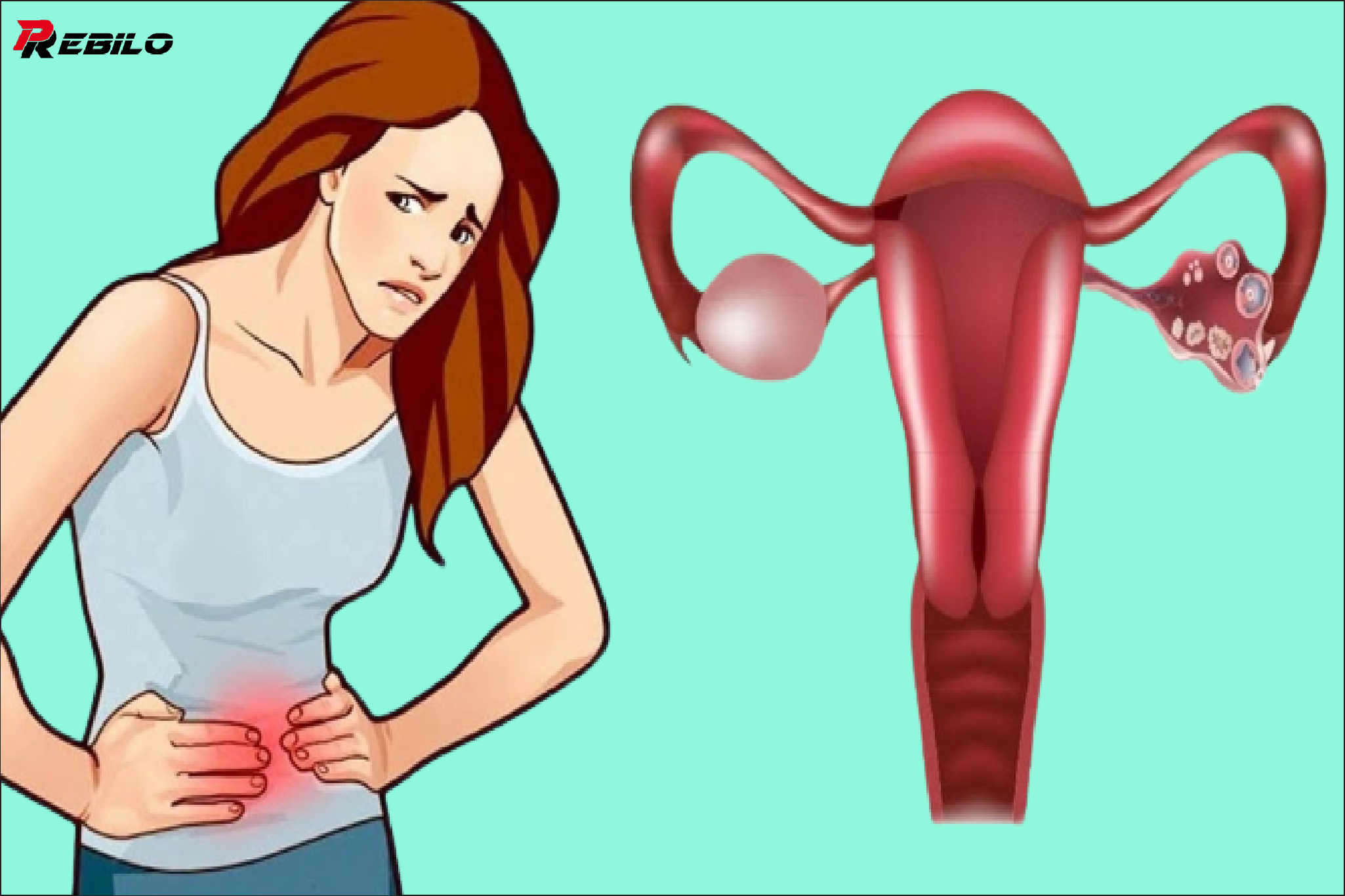Early warning signs of ovarian cancer every woman should know
Start with a brief overview of ovarian cancer and its spread.
Emphasizing the importance of early detection and its impact on treatment results.
Identify the main warning signs that will be discussed in the article.
Section 1: Understanding ovarian cancer
Explain what ovarian cancer is and how it develops.
List risk factors, such as age, family history and genetic mutations.
Discuss the challenges of early detection and why it is important.
Section 2: The Silent Killer: Common Misconceptions
Addressing the misconception that ovarian cancer is a “silent killer” with no symptoms.
Explain why symptoms are often subtle and easy to overlook.
Share statistics and stories of women who were initially misdiagnosed.
Section 3: Recognizing early warning signs
Describe the various early warning signs of ovarian cancer, including:
Constant bloating
Pelvic or abdominal pain
Changes in bowel habits
frequent urination
Feeling full quickly while eating
Provide real-life examples and stories to illustrate these symptoms.
Explain that these symptoms may be subtle and intermittent.
Section 4: Risk factors and screening
Discuss in more detail the risk factors associated with ovarian cancer.
Explain the limitations of current screening methods (CA-125 blood test and transvaginal ultrasound).
Mention the importance of regular gynecological examinations and discussions with health care providers.
Section 5: Early detection and diagnosis
Describe the steps involved in diagnosing ovarian cancer, including imaging tests and biopsies.
Highlighting the importance of early detection in improving survival rates.
Share success stories of women who found ovarian cancer at an early, treatable stage.
Section 6: Treatment options
Explain the different treatment options for ovarian cancer, including surgery, chemotherapy, and targeted therapies.
Discuss the importance of personalized treatment plans based on the stage and type of ovarian cancer.
Addressing the emotional and psychological aspects of a cancer diagnosis.
Section 7: Coping and Support
Advice on coping with an ovarian cancer diagnosis.
Mention support resources such as support groups, counseling, and online communities.
Share stories of resilience and survival to inspire hope.
Section 8: Prevention and Risk Reduction
Providing tips to reduce the risk of ovarian cancer, such as:
Use of contraceptives
Pregnancy and breastfeeding
Lifestyle and food choices
Emphasize the importance of maintaining a healthy lifestyle.


